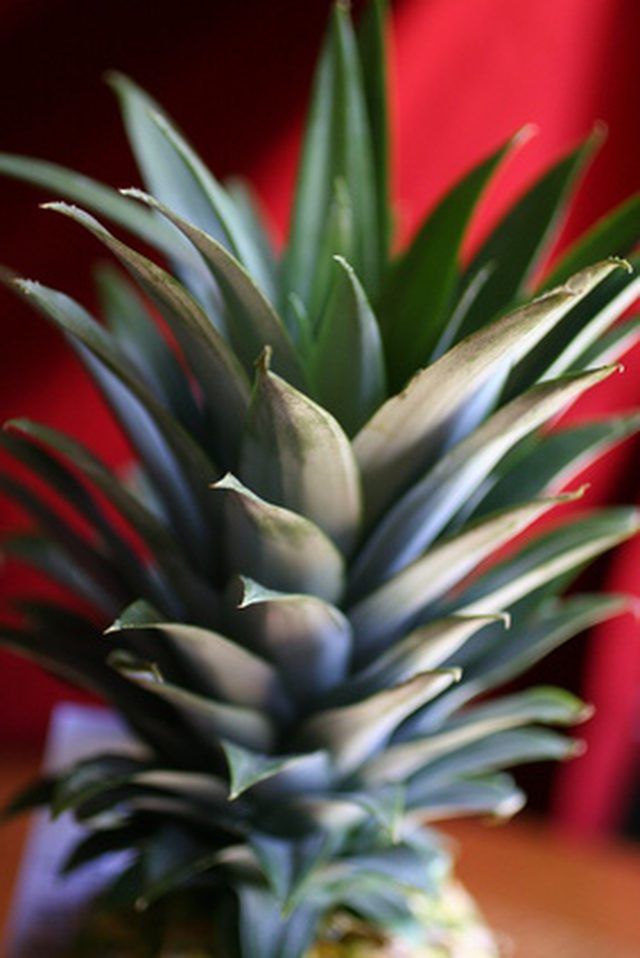Bulbs
Flower Basics
Flower Beds & Specialty Gardens
Flower Garden
Garden Furniture
Garden Gnomes
Garden Seeds
Garden Sheds
Garden Statues
Garden Tools & Supplies
Gardening Basics
Green & Organic
Groundcovers & Vines
Growing Annuals
Growing Basil
Growing Beans
Growing Berries
Growing Blueberries
Growing Cactus
Growing Corn
Growing Cotton
Growing Edibles
Growing Flowers
Growing Garlic
Growing Grapes
Growing Grass
Growing Herbs
Growing Jasmine
Growing Mint
Growing Mushrooms
Orchids
Growing Peanuts
Growing Perennials
Growing Plants
Growing Rosemary
Growing Roses
Growing Strawberries
Growing Sunflowers
Growing Thyme
Growing Tomatoes
Growing Tulips
Growing Vegetables
Herb Basics
Herb Garden
Indoor Growing
Landscaping Basics
Landscaping Patios
Landscaping Plants
Landscaping Shrubs
Landscaping Trees
Landscaping Walks & Pathways
Lawn Basics
Lawn Maintenance
Lawn Mowers
Lawn Ornaments
Lawn Planting
Lawn Tools
Outdoor Growing
Overall Landscape Planning
Pests, Weeds & Problems
Plant Basics
Rock Garden
Rose Garden
Shrubs
Soil
Specialty Gardens
Trees
Vegetable Garden
Yard Maintenance
How to Transplant Pineapple Plants
How to Transplant Pineapple Plants. The pineapple (ananas comosus) was spread to the West Indies by South American Indians before the arrival of Columbus, after which it was brought back to Spain and became a staple on sailing ships for prevention of scurvy. The pineapple was brought to England in 1660 and was being grown in greenhouses by 1720. It...

The pineapple (ananas comosus) was spread to the West Indies by South American Indians before the arrival of Columbus, after which it was brought back to Spain and became a staple on sailing ships for prevention of scurvy. The pineapple was brought to England in 1660 and was being grown in greenhouses by 1720. It is a tropical plant but it can tolerate brief exposure to temperatures as low as 28 degrees F. Continuous exposure to cold will delay fruit growth and cause more acidic fruit. Pineapple adapts well to container culture.
Things You'll Need
8-inch pot
5-gallon pot
Good quality potting soil
Compost (about one-third the amount of soil)
Spade
Solid plant food
Start the pineapple plant in an 8-inch clay pot. Clay pots are absorbent and help ensure good drainage. Pineapples don't like "wet feet," or too much water settling around their roots.
Place a piece of curved broken pot over the hole in the bottom of the pineapple's pot. Put one half-inch of gravel over the pottery shard and fill the pot about two-thirds full with a good potting soil and some organic compost.
Place the crown in the soil, cover the base with the remainder of the soil and tamp it down firmly around the base. Keep the central leaves of the crown free of soil.
Scatter some solid plant food on the surface of the soil and wash it into the soil with water.
Wet the soil once a week. The crown should root in 6 to 8 weeks.
Transplanting
Transplant the young plant when it has outgrown its pot. Begin by wetting the soil then gently loosening the soil at the edge of the pot with a spade. Minor root damage is inevitable, but try to inflict as little as possible.
Hold the pot in one hand and the leaves of the fruit in the other and slowly separate the pot from the plant.
Plant the pineapple in a 5-gallon pot, fill it up with some more soil and compost and tamp around the base. Water the plant thoroughly. Wet roots will help to prevent transplant shock.
Continue to fertilize every two to three months.